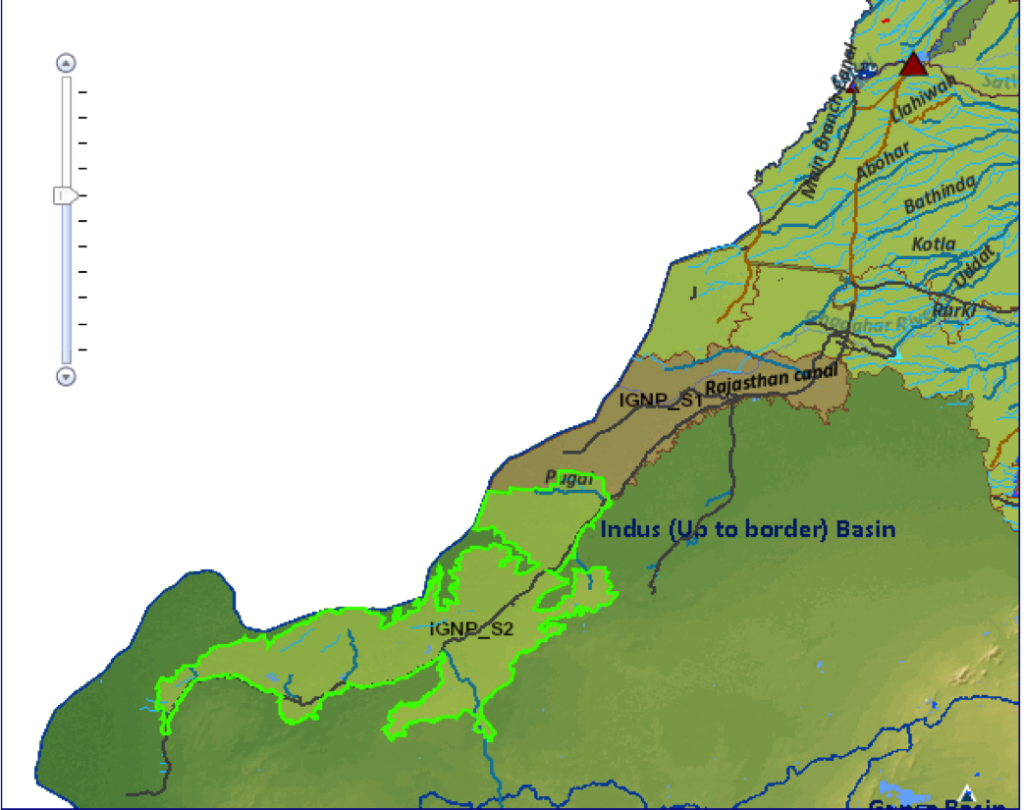Generally known as African catfish ( Clarias gariepinus ), the species is native to Africa and the Middle East where it inhabits freshwater lakes, rivers, swamps and urban sewage systems. The African catfish was introduced all over the world in the early 1980s for aquaculture purposes.
The earliest introduction of this species in the Keoladeo area was possibly around the year 2005 – by then, businessmen from West Bengal who had won contracts for fish cultivation in local ponds had begun to introduce this species as it could adapt to poor quality water, eating even the flesh of dead animals. It grows fast, could be raised in high densities and reproduces well in captivity, making it ideal for those looking to sell the fish for food.
In June 2000, the Agriculture Ministry issued orders banning the cultivation of this exotic species of fish. In December 1997, the Union department of agriculture wrote to all state governments seeking destruction of existing stocks of African catfish.
Why African catfish is dangerous:
- This fish poses immense risk to local varieties, preying on them and invading their ecosystem. Hence, the local fish breeds of keoladeo are getting eliminated by this fish.
- African catfish are easy to rear because the fish can be fed chicken and mutton waste as well as dead animals, who are often diseased, that the farmer gets at a cheap price. But this is the cause of problem as it possess health hazard.
Government actions to remove African Catfish from Keoladeo
Massive operations have been undertaken since 2009 to remove these catfish from Keoladeo wetlands. In 2014-15, 7,304 fish were caught and removed. In 2016, 40,117 fish were cleared. Keoladeo has now embarked on a 10-year project to cull the catfish.
- Native species are being put back into the water and African catfish is dumped on the ground at different points in the park or buried.
- The government is also taking steps to aware local farmers of the harm this fish can do and educated about the fact that breeding this fish is illegal.
The problem of African catfish is not just limited to Keoladeo but also found in the Cauvery, Ganga, Yamuna and even the streams of the Western Ghats. To add to problem, the female matures in about three years and can bear tens of thousands of eggs. This species has now spread in the subcontinent. There is an urgent need to prevent the spread of aquatic invasive species that pose great risk to the environment, economy, or human health.



